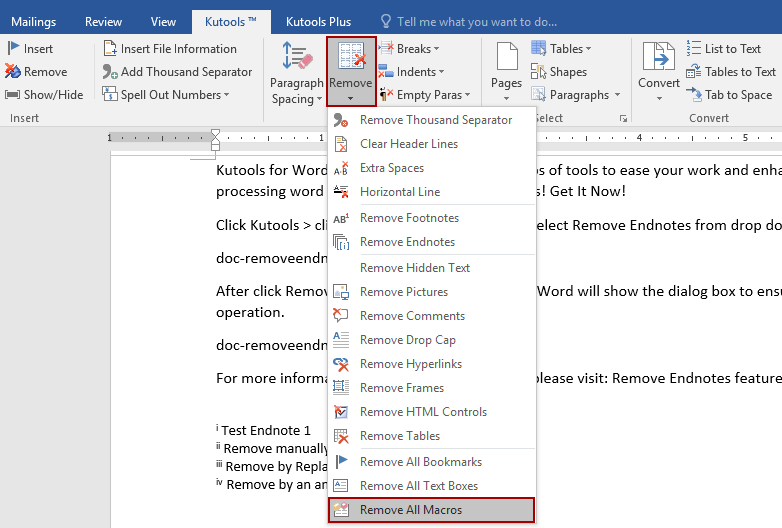
In this guide, we’ll show you how to remove macros from Word. Macros are small programs that help automate tasks in Word, but sometimes you might want to delete them to enhance security or to avoid unexpected behavior in your documents. This tutorial will walk you through the process with clear, user-friendly instructions.
Macros are small programs written in Visual Basic for Applications (VBA) that automate repetitive tasks in Word. They’re helpful in streamlining complex processes but can also carry security risks, especially when macros come from unknown sources. Some macros might have malware or viruses, so knowing how to remove macros from Word is essential for protecting your files.
Removing macros can protect your computer from potential security risks, especially if you’ve received documents from unknown sources. Some macros can contain malicious code, so it’s essential to delete any unwanted macros to keep your files safe.
While macros can boost productivity, there are good reasons to delete them:
Learning how to remove macros from Word will ensure your files are safe, efficient, and error-free.
Before diving into the steps, let’s briefly understand what Word macros are. Macros in Word are small scripts that automate repetitive tasks, created using Visual Basic for Applications (VBA). While they can save time, macros also pose security risks if they come from untrusted sources.
Start by opening the Microsoft Word document that contains the macros you want to remove. If you’re unsure whether a document has macros, we’ll cover how to check this in the following steps.
To access macros easily, you might need to enable the Developer Tab in Microsoft Word. Here’s how:
Now, you’ll see the Developer Tab in the toolbar, which allows you to manage macros more effectively.
Once the Developer Tab is visible:
In the Macros dialog box, you’ll see a list of all the macros currently saved in the document or attached to templates.
Repeat these steps for any additional macros you want to remove from the document.
For advanced users, the Visual Basic Editor (VBE) offers another way to remove macros from Word. Here’s how to do it:
This method is particularly useful if you have multiple macros saved under a single module.
By saving in .docx format, Word automatically removes all macros, as this file type does not support macros.
If your macros are stored in a template, here’s how you can remove them:
Here are some tips to help you manage macros safely in Word:
Sometimes, it’s unclear if a document has any macros. Here’s how to check:
Alternatively, you can also inspect the file type:
Macros are scripts created to automate tasks in Word, often used for efficiency in repetitive tasks.
Removing macros is essential for security, as they can pose risks if they contain malicious code.
To remove all macros, save the file in .docx format, which does not support macros.
No, once you delete a macro, it’s permanently removed unless you have a backup.
Macros are safe when created by you or trusted sources, but be cautious with macros from unknown files.
Knowing how to remove macros from Word is an essential skill that protects your files and computer. By following this guide, you can quickly and easily delete any unwanted macros. Whether you use the Developer Tab, the Visual Basic Editor, or save the document in .docx format, you have multiple ways to ensure your document is macro-free.
